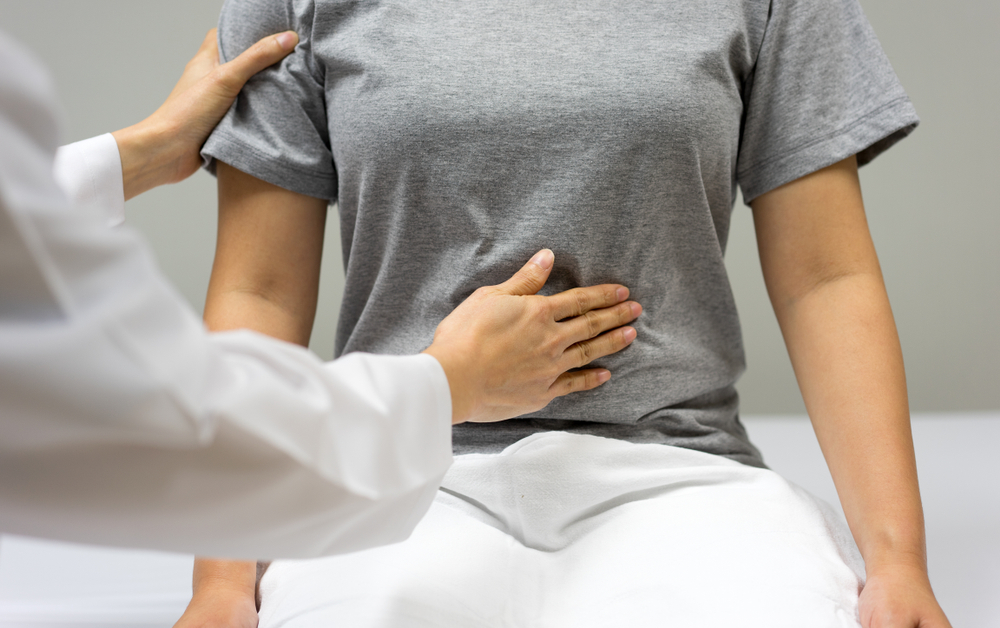What is endometriosis?
The endometrium is the pulpy tissue that lines the cavity of the uterus and is shed with bleeding during the menstrual period each month. Endometriosis is the condition where endometrium implants and grows out of its normal place. It is a chronic disorder that may require ongoing management until this tissue recedes at menopause.
Where does it occur?
This usually occurs on the sensitive inner tissues of the pelvic area, including the surfaces of the ovaries and fallopian tubes and the coverings of the rectum and bladder. Less commonly, it appears in other sites within the abdominal cavity and rarely even in distant locations such as the lungs!
Why does it happen?
The most accepted theory is that small fragments of the endometrium may “backflow” through the fallopian tubes at menstruation and in some women these fragments can implant and grow in the above abnormal places. Other theories include that menstrual fragments can travel in the blood stream or lymphatic system or that tissues in other areas develop into endometrium due to abnormal cellular signaling.
Why is it a problem?
The endometriosis tissue responds to female hormones during the month like the endometrium does. Even though the spots of it may be very small, the presence of the out-of-place tissue and bleeding (even microscopic) are very irritating and cause painful inflammation that can also lead to reactive scar tissue. Endometriosis can also cause a particular kind of ovarian cyst called an endometrioma. Resulting problems for patients include pelvic pain, especially during menses, painful intercourse, and decreased fertility. However, some patients have no symptoms.
How is it diagnosed?
A thorough history and physical exam, including a pelvic exam may lead to suspicion of endometriosis, although it may be difficult to differentiate from primary dysmenorrhea (painful periods that occur without a physical abnormality). The most common symptom is pain with menses (and that often begins prior to menses). Other symptoms include painful intercourse, especially with deep penetration, and back pain that is worse during menses.
On pelvic examination there may be tender nodules in certain characteristic areas. Ultrasound may also help with the diagnosis, but definite diagnosis can only be made by directly visualizing the endometriosis (and sometimes sampling it) by laparoscopy, the outpatient surgical procedure of looking into the pelvis with a lighted tube. Laparoscopy is not always required to begin presumptive medical treatment. This is a shared decision between the doctor and patient.
How is it treated?
There are two main areas of treatment goals: 1) Relief of pain associated with endometriosis and 2) fertility assistance when endometriosis is interfering with achieving pregnancy. Treatment options include medication and surgery, but endometriosis usually recurs following any treatment. Thus, it can be exceedingly frustrating for many women through years of managing symptoms and balancing decisions for treatment between the benefits and side effects. A trusting relationship with a care provider who will listen and help is critical.
Medical options:
Medical options to treat endometriosis pain include non-steroidal anti-inflammatory drugs (NSAIDs), like Motrin® and Aleve®, which may be tried initially. If these are not helpful, hormonal options are usually employed. These can include oral contraceptives which use a combination of hormones that reduce the overall growth of endometrium and endometriosis. These may also be given in a continuous fashion to prevent menses. There are other hormonal options that block the body from producing the estrogen that fuels the tissue. These must be weighed against side effects, including menopausal-like symptoms such as hot flashes and vaginal dryness. Although part of the goal is to shrink the lesions, they are very likely to return following treatment.
Surgical options:
Laparoscopy is often used to diagnose endometriosis, but surgery has mixed results regarding being helpful for the treatment of endometriosis. During this procedure, endometriosis implants can be excised, cauterized, or lasered, but it often recurs. This is probably because microscopic implants may be present but unseen and because new implants will occur. The initial surgery is the most likely to be helpful and repeat procedures are more likely to fail.
Pregnancy:
Pregnancy itself, with its special hormonal state and lack of menstrual periods, usually greatly mitigates endometriosis and its symptoms, so it may be the best medicine for those who desire it! Unfortunately, women with endometriosis are more likely to have delays in conceiving, so when there’s no success with trying naturally, then it’s time to discuss other options. Surgery (usually outpatient laparoscopy) to remove endometriosis by excision, cautery or laser may improve the chance for pregnancy. It’s very important to note that this improvement tends to happen best after the first surgery, so many experts believe it is best to wait until it’s time for you to conceive to begin.
Is there a definitive treatment for endometriosis?
When childbearing is completed or is no longer desired, hysterectomy, often with removal of the ovaries, will end endometriosis. It will also cease at menopause (average of 51-52 years old), but many women with symptomatic endometriosis are unable to tolerate symptoms that long.
What should I do about endometriosis?
The best way to proceed is different for each patient. It largely depends on your symptoms, how much it is affecting your quality of life, and whether pregnancy is desired. This requires a trusted relationship and a process of shared decision-making between you and your well-informed doctor.
Note: This is written as an overview and for informational purposes only. Individual circumstances require a much more detailed analysis and decision-making process. Please make an appointment to discuss your questions or concerns: 919-916-3333.


